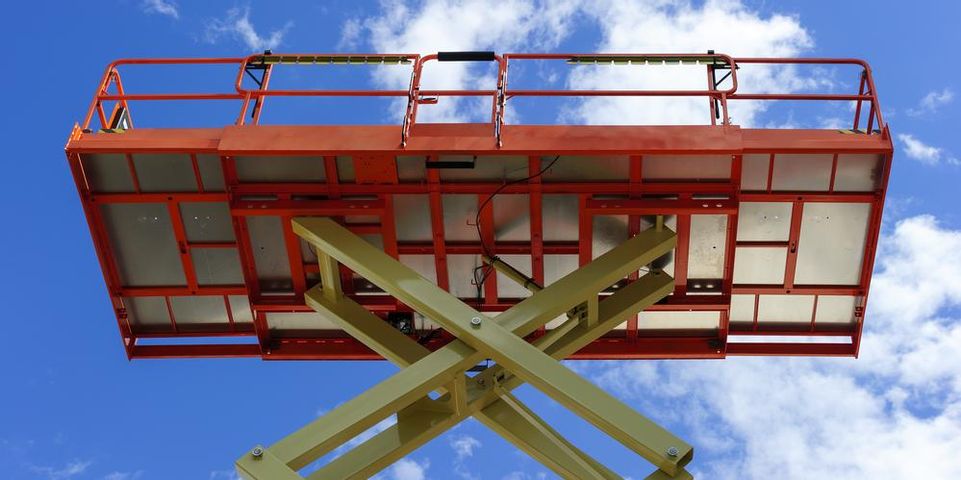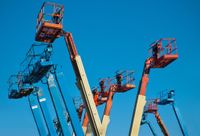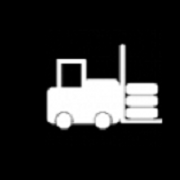Discover 3 Differences Between Scissor Lifts & Manlifts

Heavy equipment, such as scissor lifts and manlifts, are a common feature at warehouses and construction sites. They make it easier for contractors to work in hard-to-reach areas and can be maneuvered in various positions. Before you consider renting these machines, you should understand each of their capabilities and purposes.
How Scissor Lifts & Manlifts Differ
1. Structure
 Each piece of heavy equipment can be easily identified by its unique structure. The crisscrossing metal braces, which make up the base of the scissor lift, fold and unfold to push the platform in an upward motion. Manlifts, on the other hand, have a single hydraulic arm that smoothly extends the bucket in an upward and outward movement, which allows for a longer reach and wider range of motion.
Each piece of heavy equipment can be easily identified by its unique structure. The crisscrossing metal braces, which make up the base of the scissor lift, fold and unfold to push the platform in an upward motion. Manlifts, on the other hand, have a single hydraulic arm that smoothly extends the bucket in an upward and outward movement, which allows for a longer reach and wider range of motion.
2. Platform
Scissor lifts can comfortably support more than one contractor on their spacious platforms and allow for multiple jobs in the same location to be complete more efficiently. The bucket in a manlift is smaller and only has room for one worker. But, due to their compact nature, these machines can fit into spaces that are too small for larger scissor lifts.
3. Affordability
Scissor lifts may be large and have a limited range of motion, but they’re considered one of the most affordable heavy equipment options on the market, which could allow your project to be completed within your budget. While the technology of a manlift makes them appear pricier, their extended reach and simple maneuverability are worth the cost.
Looking for quality equipment rentals? Connect with the professionals at Contractors’ Equipment & Service Corp in Waipahu, HI. This locally-owned company stocks the finest heavy equipment and works to ensure that every piece is properly maintained. These mechanics offer some of the most competitive pricing on the island and have received an A+ rating from the Better Business Bureau® for their exceptional customer service. Call (808) 676-7566 to secure a free estimate or visit them online for more information.
About the Business
(1 reviews)
Have a question? Ask the experts!
Send your question

